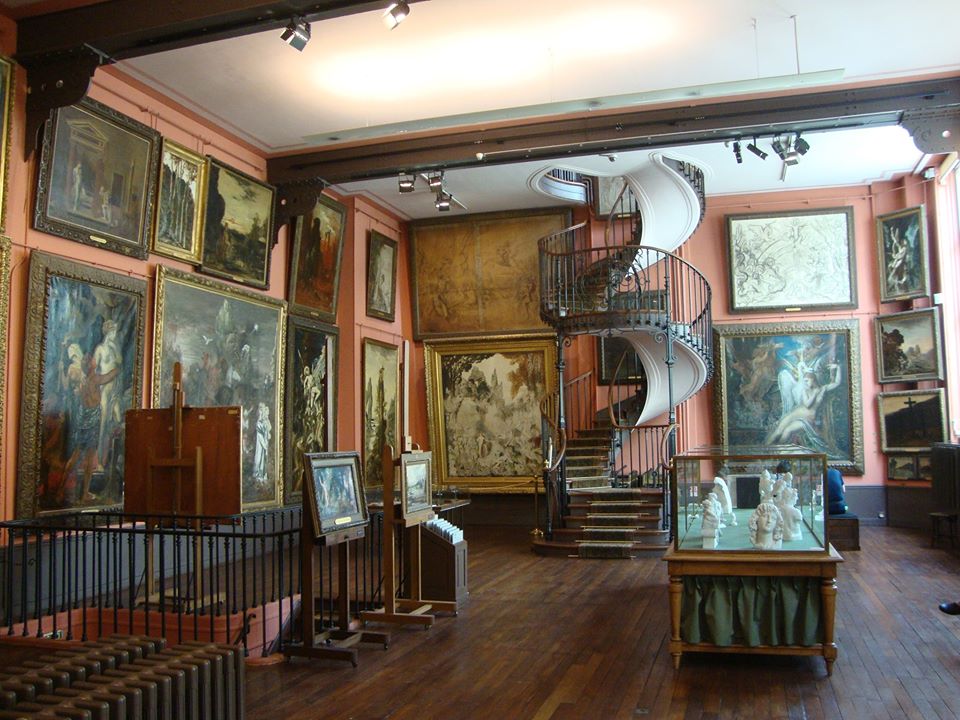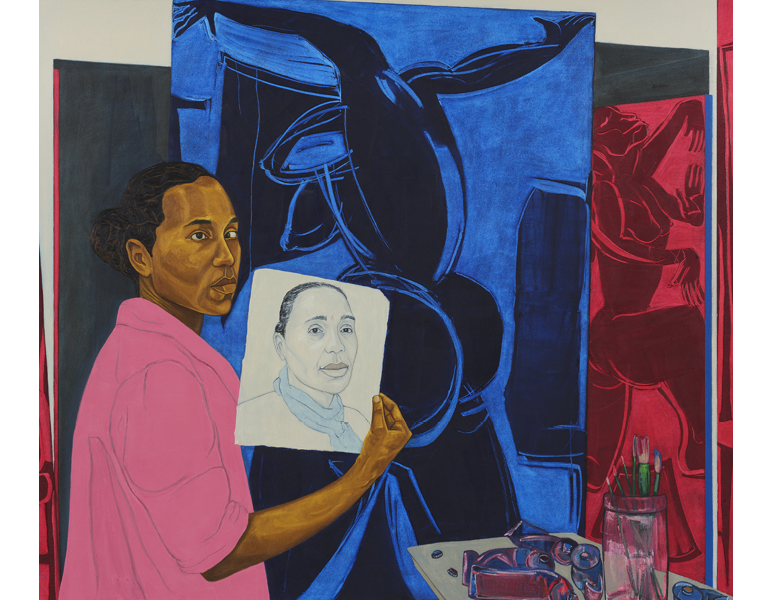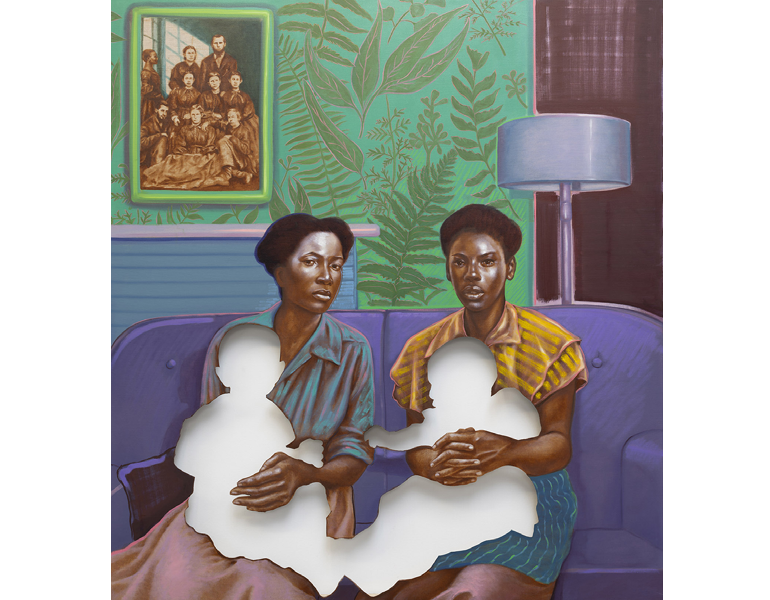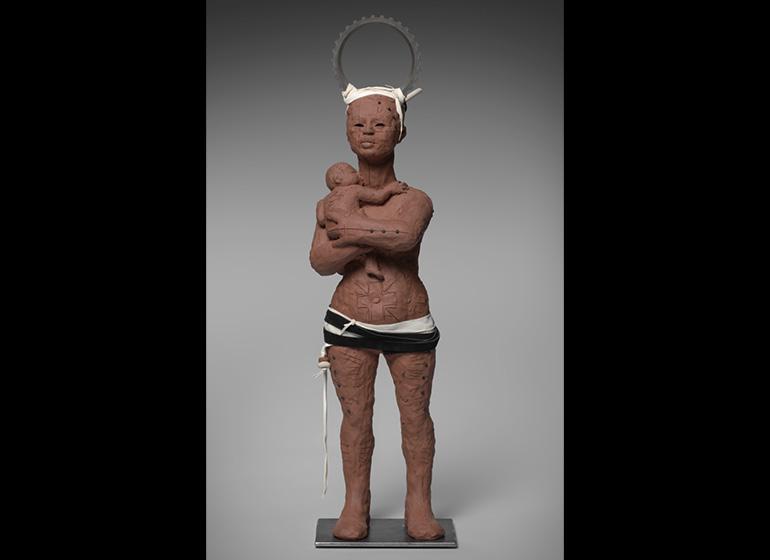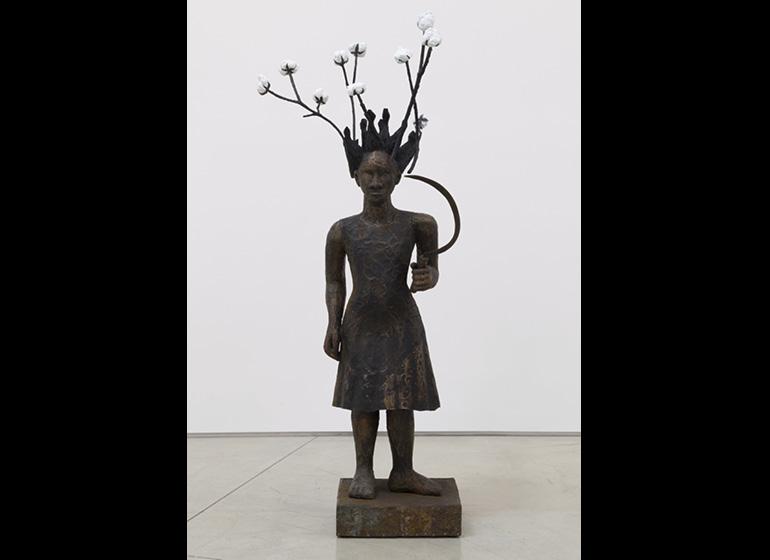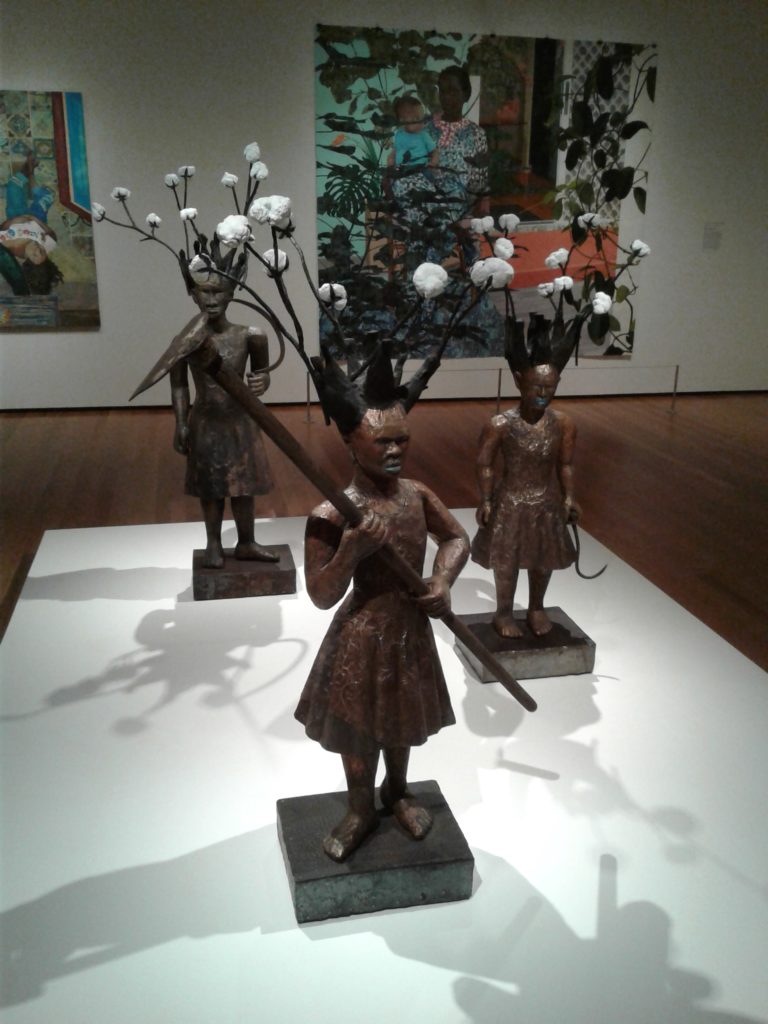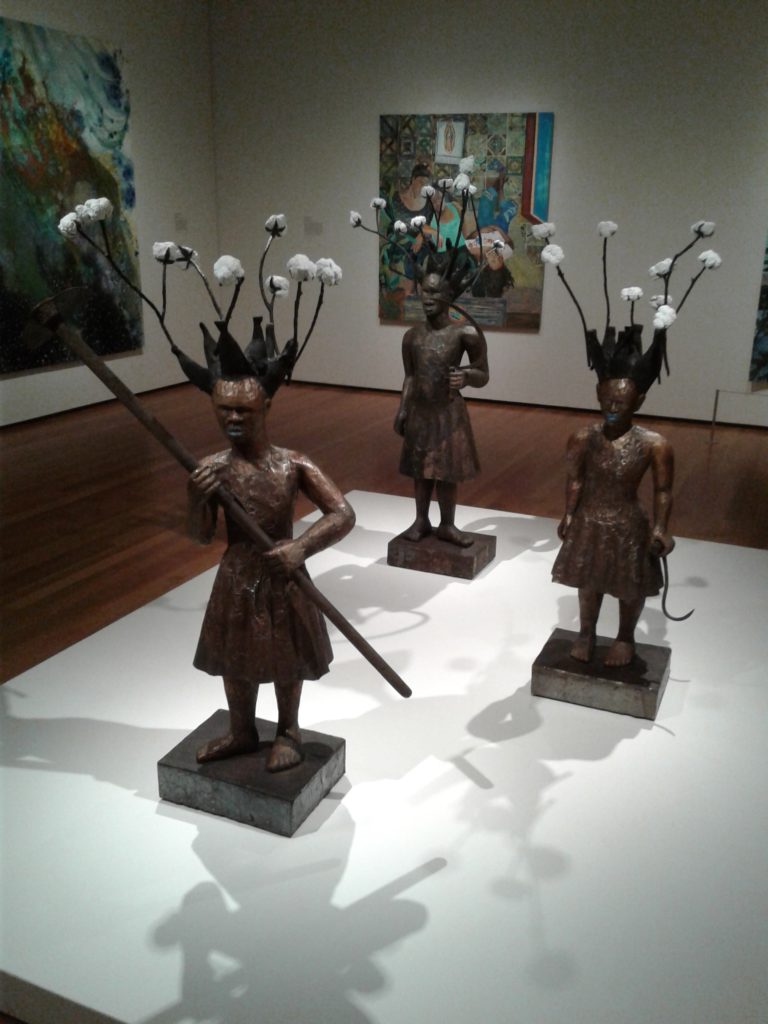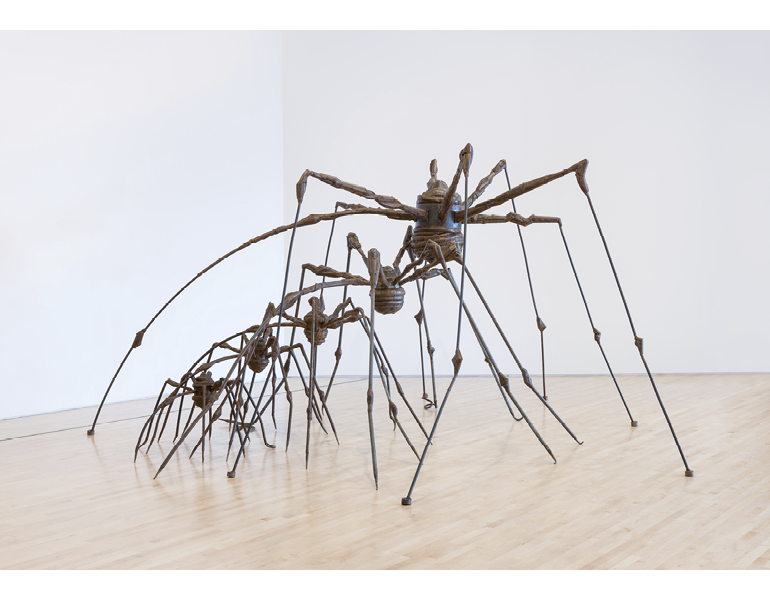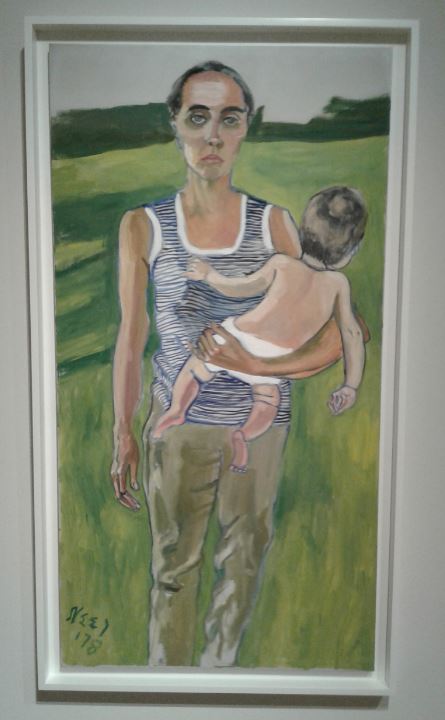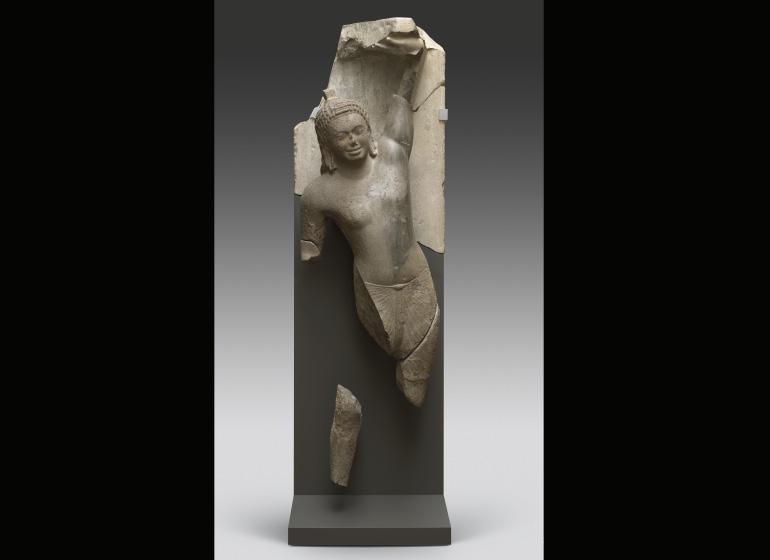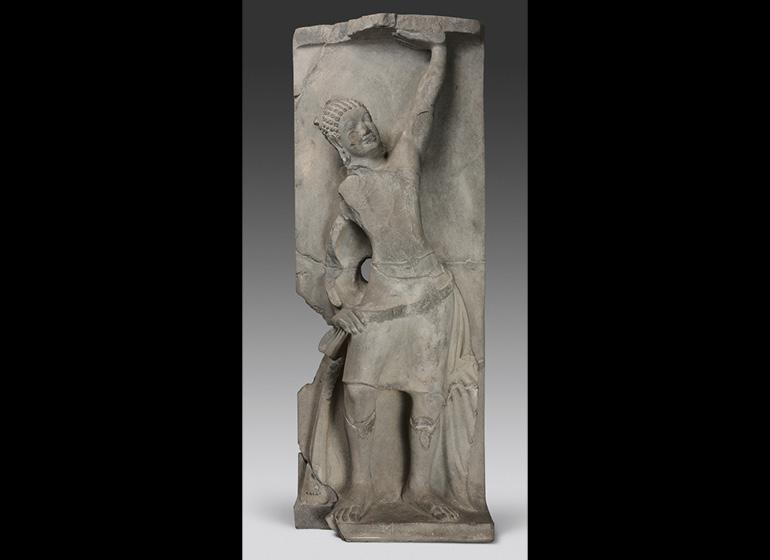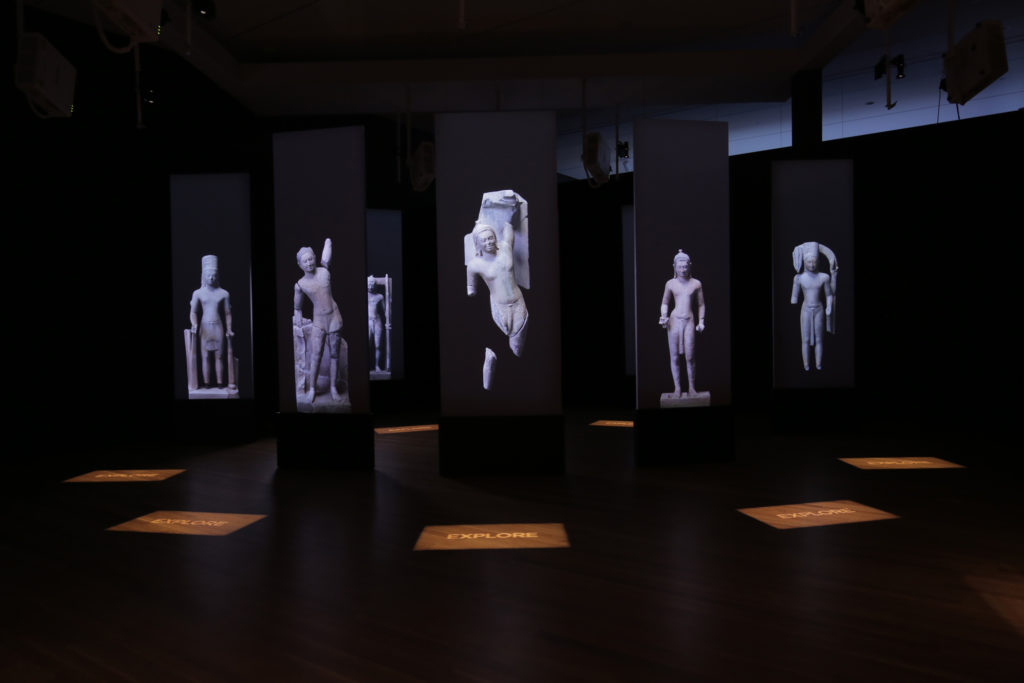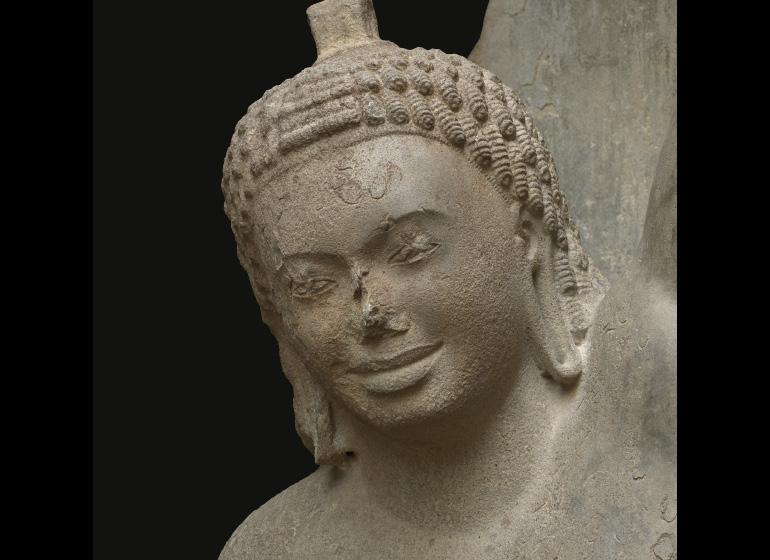Just two months ago I wrote the first post about some wonderful environmental sculptures that have popped up along Lincoln Memorial Drive in Milwaukee’s Lake Park area. These sculptures enhance the portion of the roadside that are wild and natural in our urban environment…and although parts of these are man made they are truly sensitive to their natural environments. Here is the original post: Stealth Public Sculpture In Milwaukee County’s Lake Park!
And although I am identifying their locations, if you visit them please be respectful of the work and their environment. These are truly a joy to experience.
This first one is relatively monumental compared to most of the others. It is very reminiscent of one of those that I documented in my original post (see below). Again, this one resides just west of Lincoln Memorial drive along the bluff near what any unreconstructed hippie of an older Milwaukee era would refer to as the alternate site. Here we see a number of oval discs that appear to be made of water washed and formed pieces of concrete and black top paving materials. I was able to get a bit closer to these so they may have had some human intervention to enhance the natural feel of eroded materials. But serious thought has been put into their placement and relationship to the space as well as finding the perfect fallen log for the base.
I didn’t notice this one until mid-January. This may have been the fourth piece that I felt in the back of my mind back in December but couldn’t find at the time. It may have required the full winter drought environment to become noticeable. Or it may be a newer piece.
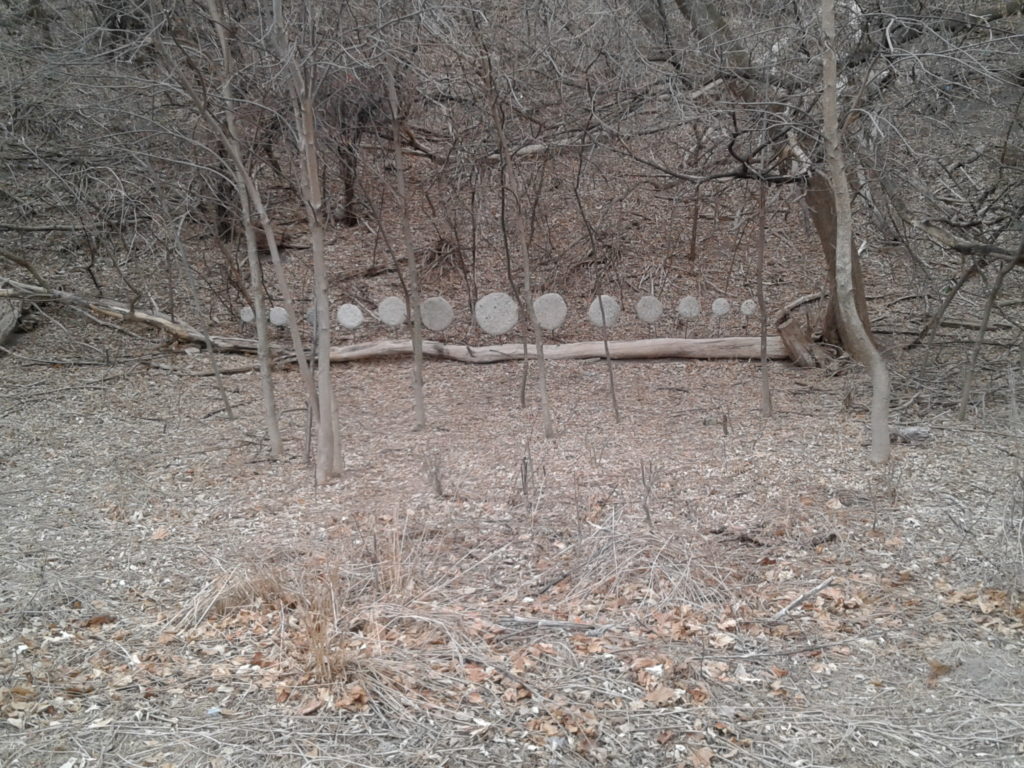
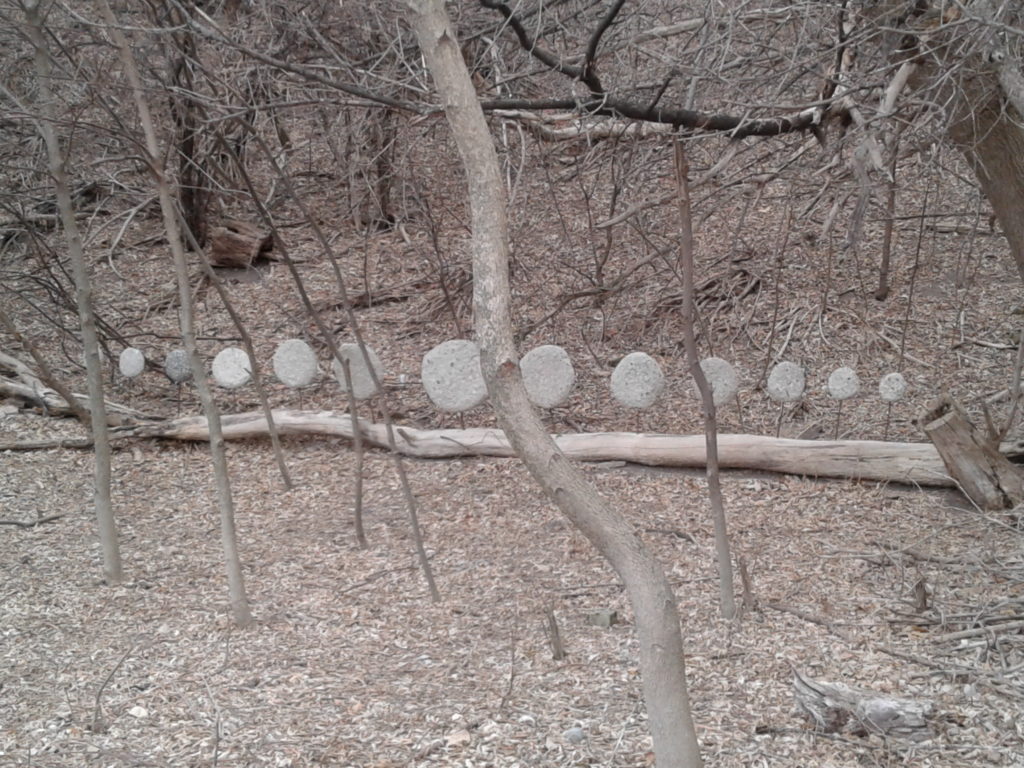
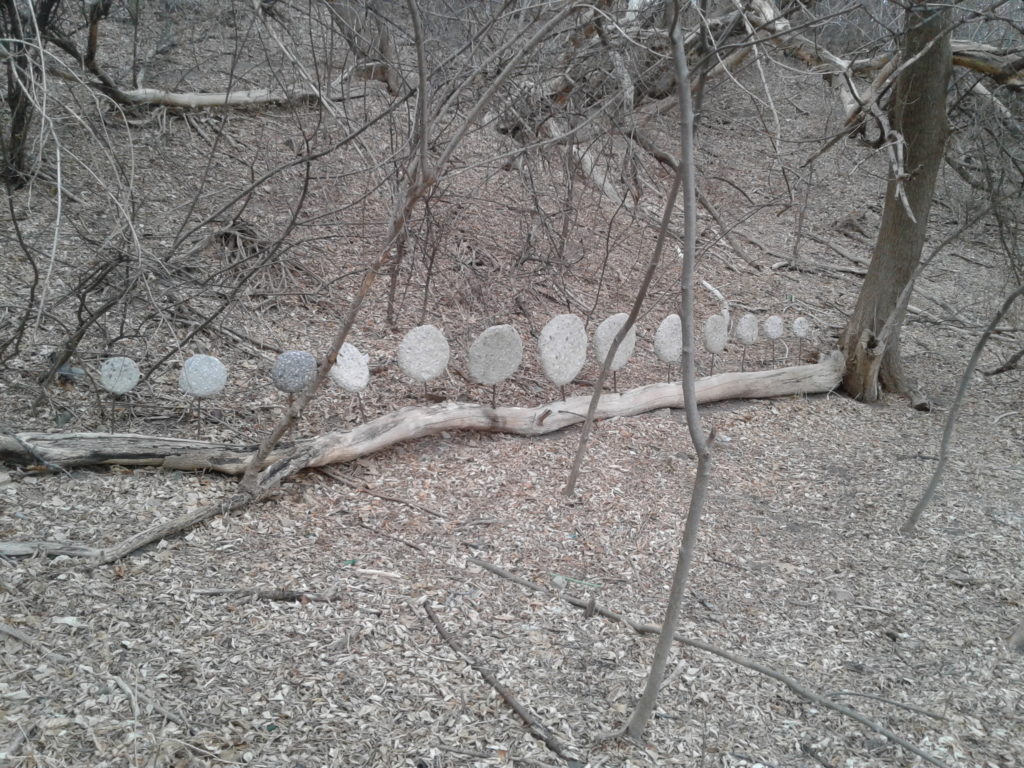
This next piece is probably the most sober and for me the least successful…partly due to its stark nature and maybe because of the relationship of the living trees just beside it. This one is also west of LMD, across from the lagoon, about a half mile north of the Milwaukee Art Museum. This one is the nearest to the road. But instead of a piece of eroded paving material this one appears to be fashioned from a local piece of granite or quartz. More color than the other pieces.
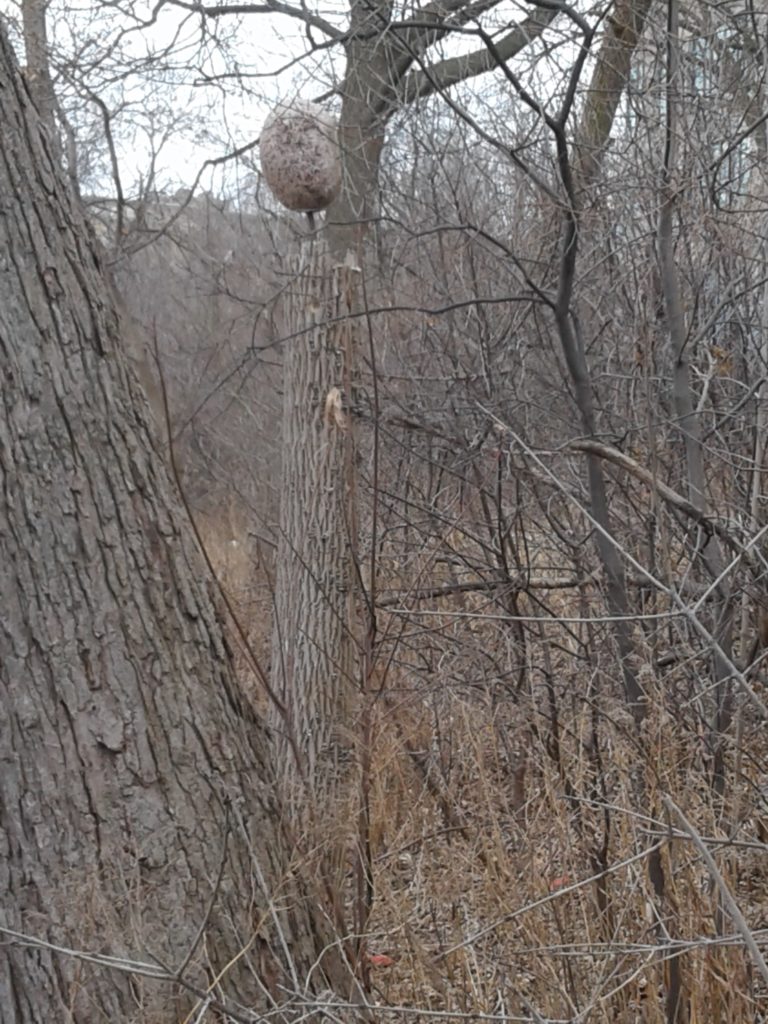
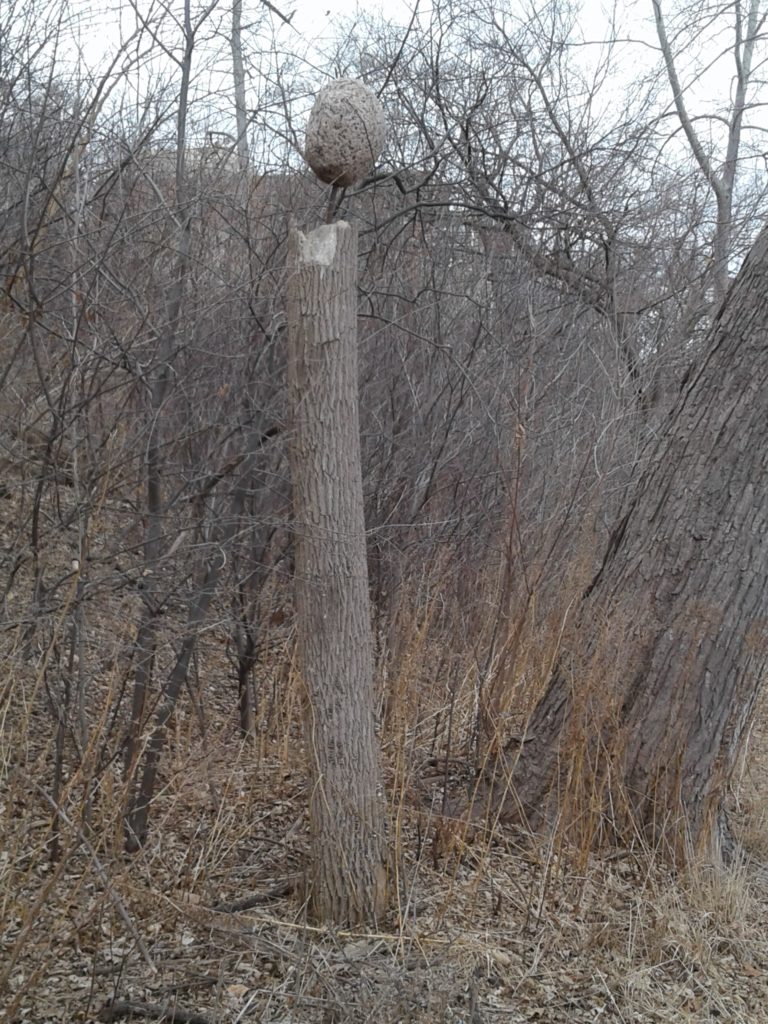
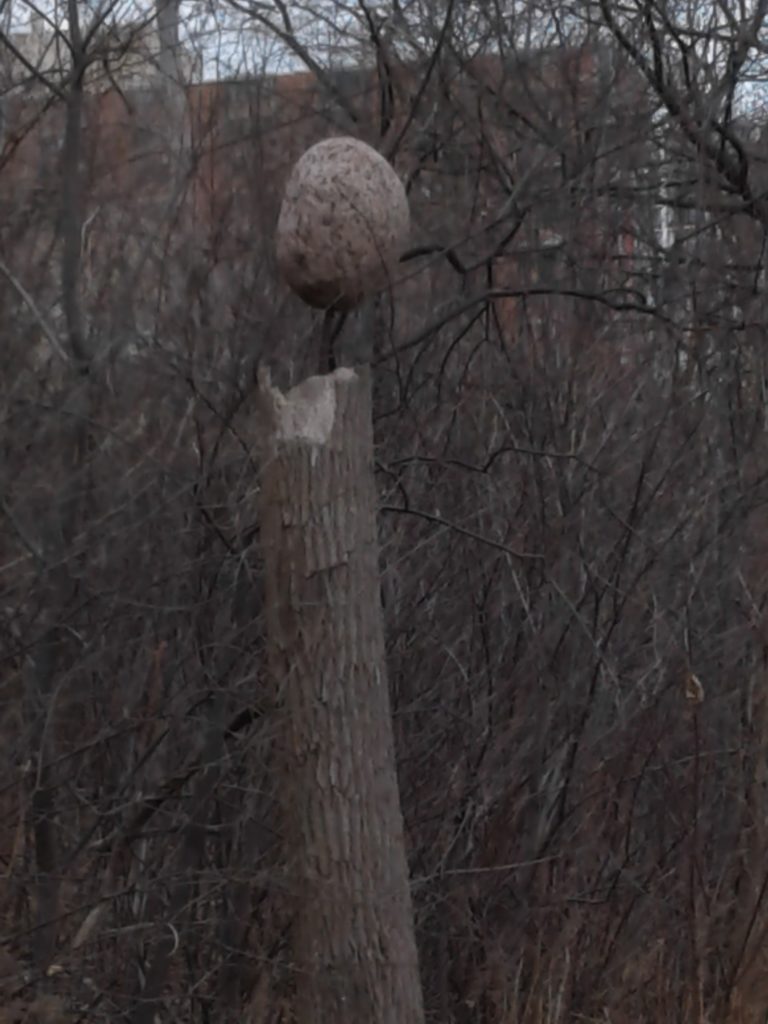
And this third and final one is certainly a new one. Even last fall it would have clearly stood out from its surroundings. I saw it immediately during my first drive to UWM in January for the start of the spring semester. And a friend of mine, Beth Vandervort, who travels the bike trail along the bluff also commented on it on Facebook and posted a picture shortly after it appeared in January.
Now this is significantly different than all of the others. It doesn’t have any rock or pavement pieces attached to an onsite log or stump or fallen tree. It doesn’t elude a sense of calm or tranquility or sensitivity to place. Instead it is red and right in your face and as Beth said, this is “The Earth’s circulatory system revealed.”
So my question…is this the same artist or someone who felt the soul of the other pieces and is putting a new and different stamp on our psyche? What do you think?

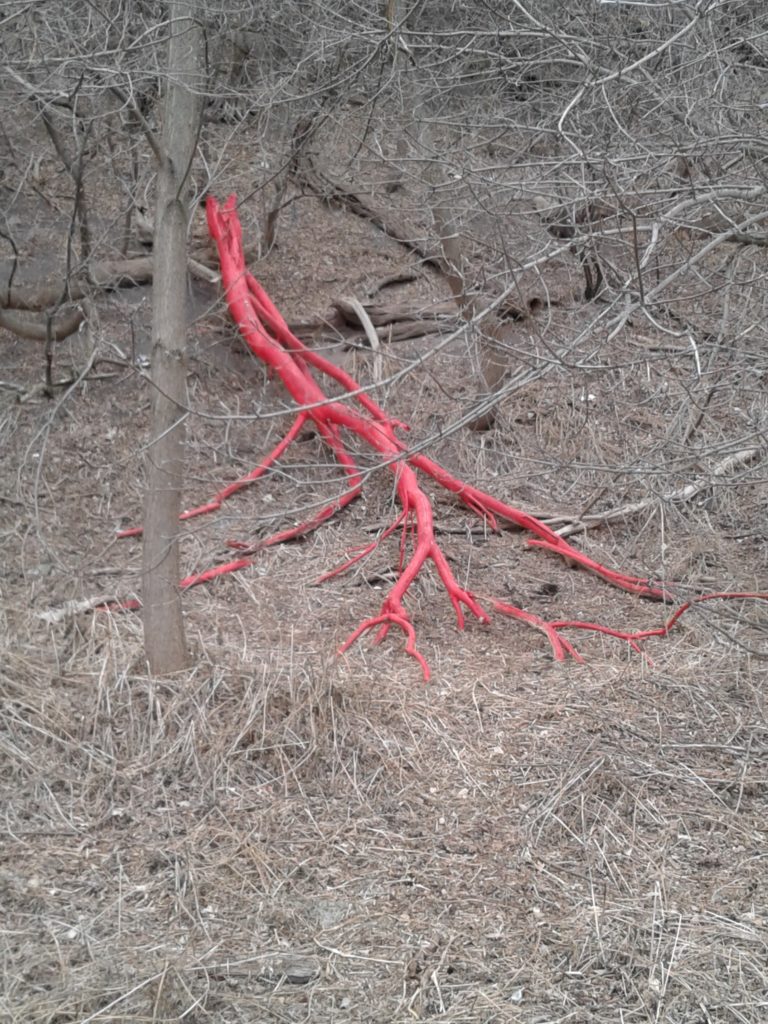
This one is up on the bluff above the bicycle path west of LMD and just north of the Milwaukee Art Museum. But given its color it is currently very easy to spot from the drive.
I am concerned about these sculptures. I don’t remember seeing the first one that I documented in my previous post recently. So please be respectful of the sculptures and the environment if you go to visit them.
AND AGAIN: if any of you know the artist, please share that information in the comments section so that I can properly attribute these here. And if you are aware of other ones in the park, please leave the locations in the comments because I would like to go see them in the wild!
I would really really like to interview the artist. I have a lot of questions about how and why and the future! These are exciting pieces and warrant our respect and admiration.
COMMENTERS NOTE: if you have never commented here before, your first comment won’t appear until I have approved it so don’t think you are doing something wrong! But after that first one is approved, your comments should appear immediately.
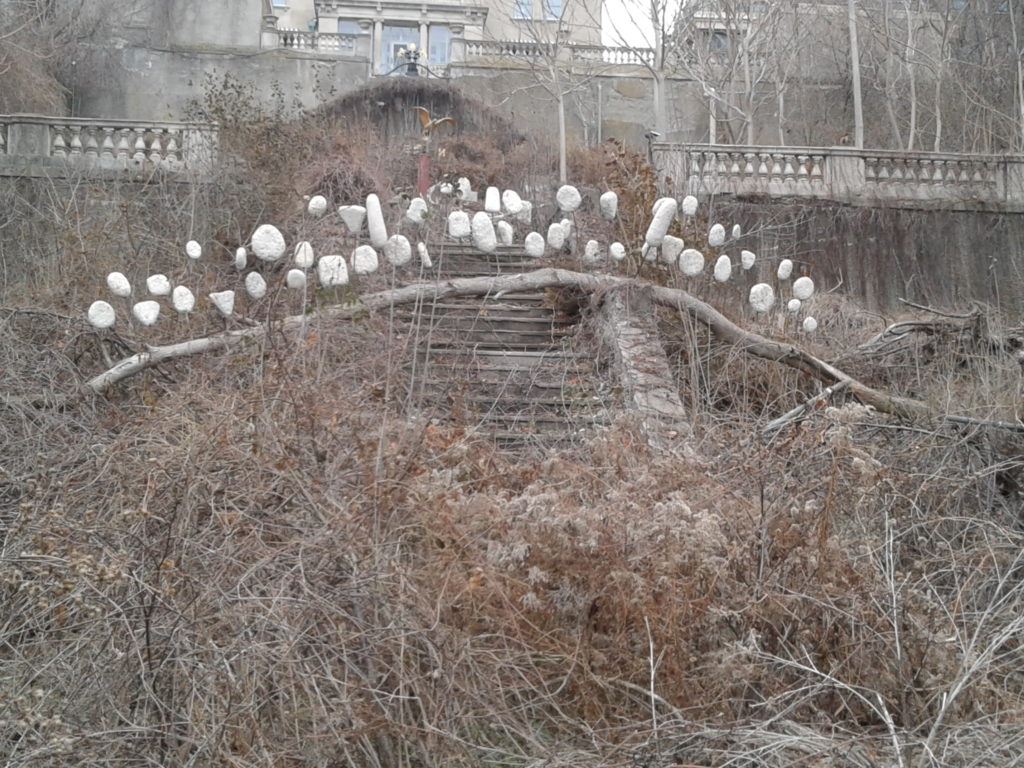
And this last image is repeated from my first post and just for comparison with the first sculpture shown above. Again, the first post: Stealth Public Sculpture In Milwaukee County’s Lake Park!
